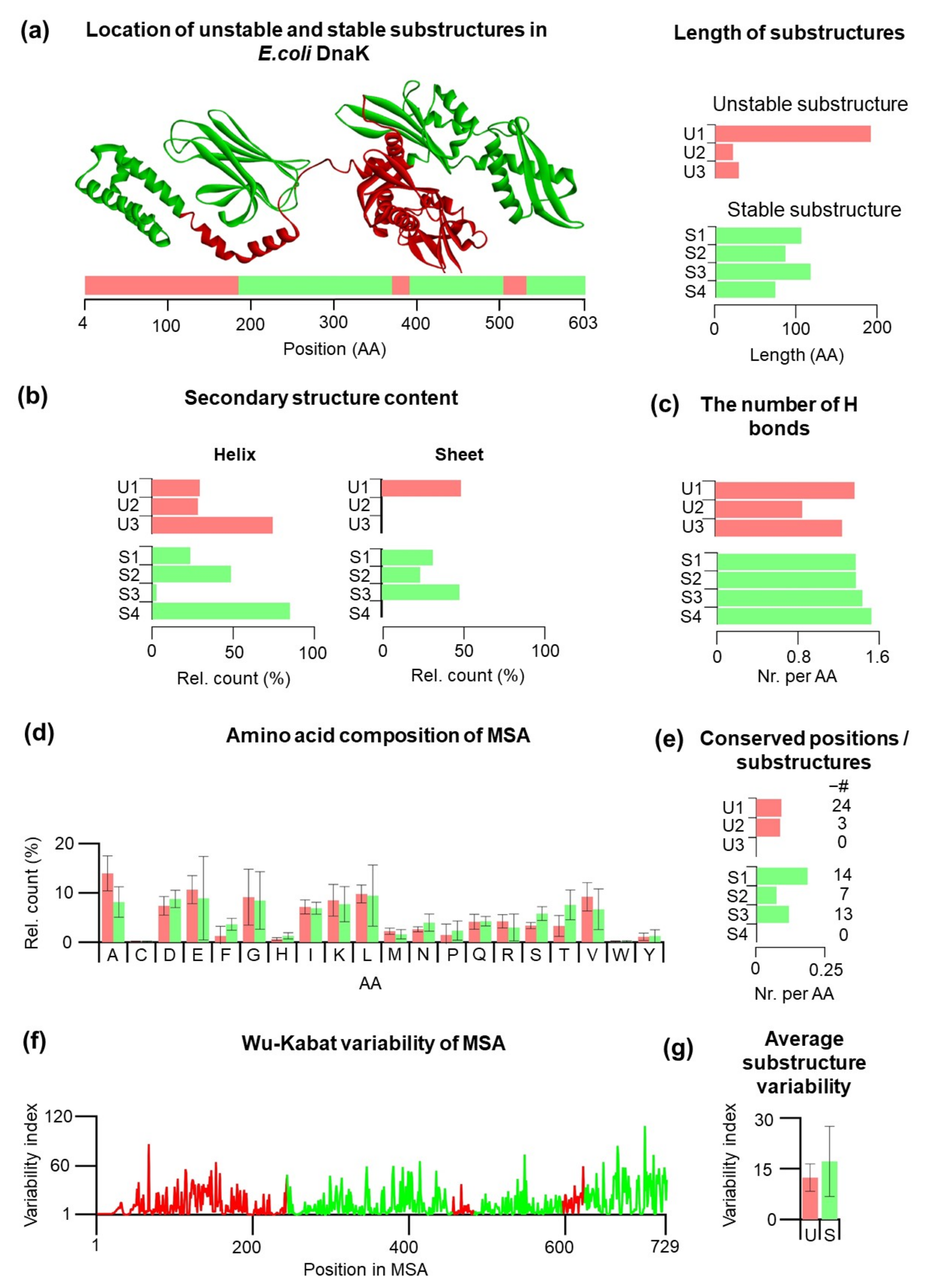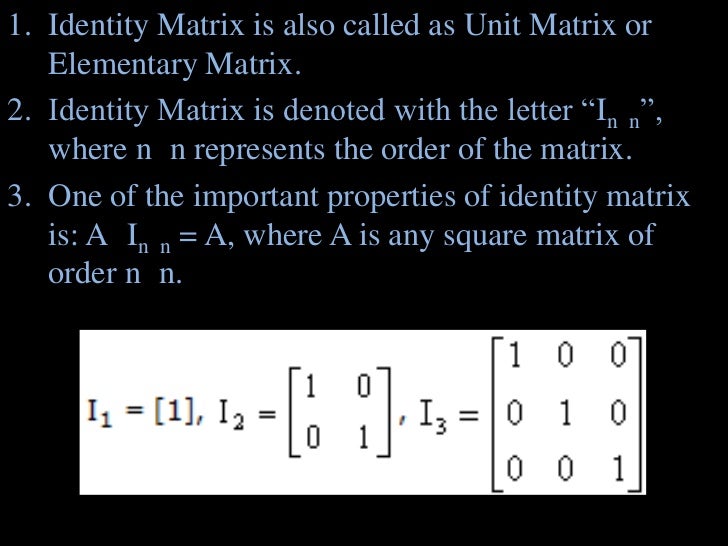
Staphylococcus aureus coagulase restriction fragment length polymorphism sequence-based phylogenetic analysis. The coa genotypes and their restriction patterns observed in the present study are novel, not published earlier. Two coa patterns were observed in mastitic milk indicating multiple origins of infection, with 595 bp coa genotype being predominant in mastitic milk. aureus coagulase typeshave a site-specific predilection. The study, being localized to only one farm, yielded different RFLP patterns as observed from different sampling sites, which indicates that different S. While as the most distant sequences with the value of 0.483 were found between S. aureus 595 (mastitic milk), and thus, they are most closely related. The most identical sequences with the value of 0.810 were found between isolate S. As displayed in the matrix (PIM), real numbers show 2 decimal points. It measures the number of identical residues (matches) in relation to the length of the alignment. On sequencing, four different sequences having unique restriction patterns were obtained. What does percentage identity refer to The percent identity value is a single numeric score determined for each pair of aligned sequences. On RFLP using both restriction enzymes, four different restriction patterns P1, P2, P3, and P4 were observed.
#BIOEDIT SEQUENCE IDENTITY MATRIX SKIN#
514 bp (2 isolates) and 757 bp (4 isolates) coa genotypes were observed from nasal cavity and pus from skin wounds, respectively. Two coa genotypes, 595 bp (15 isolates) and 802 bp (4 isolates), were observed in mastitic milk. Four different genotypes of coa gene, i.e., 514 bp, 595 bp, 757 bp, and 802 bp were obtained. aureus isolates, 25 (64.10%) isolates carried coa gene. aureus were confirmed by targeting nuc gene using PCR. Of 192 different samples,39 (20.31%) isolates of S. These sequences were aligned for maximum homology using the Bioedit softwareandsimilarity in the sequences was inferred with the help of sequence identity matrix. Acetate (1 to 3 mM) was injected into the subsurface over a 3-month period via an injection gallery composed of 20 injection wells, which was installed upgradient from a series. One isolate from each restriction pattern was sequenced. The potential for removing uranium from contaminated groundwater by stimulating the in situ activity of dissimilatory metal-reducing microorganisms was evaluated in a uranium-contaminated aquifer located in Rifle, Colo. Different coa genotypes observed were subjected to RFLP using restriction enzymes Hae111 and Alu1, to obtain the different restriction patterns.

aureus isolates were subjected to coagulase ( coa) gene PCR. The presumptive isolates were confirmed by nuc gene-based polymerase chain reaction (PCR). 2006 87:2387–95.This study was conducted to study the coagulase gene-based genetic diversity of Staphylococcus aureus, isolated from different samples of cattle using restriction fragment length polymorphism (RFLP) and their sequence-based phylogenetic analysis.Ī total of 192 different samples from mastitic milk, nasal cavity, and pus from skin wounds of cattle from Military Dairy Farm, Jammu, India, were screened for the presence of S. Identification of an RNA silencing suppressor in the genome of Grapevine virus A. Zhou SZH, Dell’Orco M, Saldarelli P, Turturo C, Minafra A, Martelli GP. Vishnichenko VK, Konareva TN, Zavriev SK. New mite-borne virus isolates from rakkyo, shallot and leek species. CLUSTAL W improving the sensitivity of progressive multiple sequence alignment through sequence weighting, positions-specific gap penalties and weight matrix choice.

First report of Shallot virus X in shallot in New Zealand.

Perez-Egusquiza Z, Ward LI, Clover GRG, Fletcher JD, van der Vlugt RAA. Tree view: an application to display phylogenetic tree on personal computers. CDD: a conserved domain database for interactive domain family analysis. Marchler-Bauer A, Anderson JB, Derbyshire MK, DeWeese-Scott C, Gonzales NR, Gwadz M, Hao L, He S, Hurwitz DI, Jackson JD, Ke Z, Krylov D, Lanczycki CJ, Liebert CA, Liu C, Lu F, Lu S, Marchler GH, Mullokandov M, Song JS, Thanki N, Yamashita RA, Yin JJ, Zhang D, Bryant SH.

Shallot virus X in Indian shallot, a new virus report for India. Majumder S, Arya M, Pant RP, Baranwal VK. Nucleotide sequence of shallot virus X RNA reveals a 5′-proximal cistron closely related to those of potexviruses and a unique arrangement of the 3′-proximal cistrons. Kanyuka KV, Vishnichenko VK, Levay KE, Kondrikov DYU, Ryabov EV, Zavriev SK.
#BIOEDIT SEQUENCE IDENTITY MATRIX WINDOWS#
BioEdit: a user-friendly biological sequence alignment editor and analysis program for windows 95/98/NT. Comparison of methods for virus detection in Allium spp. 2004 149:1045–60.ĭovas CI, Hatzibukas E, Salomon R, Barg E, Shiboleth YM, Katis NI. The new plant virus family Flexiviridae and assessment of molecular criteria for species demarcation. Adams MJ, Antoniw JF, Bar-Joseph M, Brunt AA, Candresse T, Foster GD, Martelli GP, Milne RG, Zavriev SK, Fauquet CM.


 0 kommentar(er)
0 kommentar(er)
